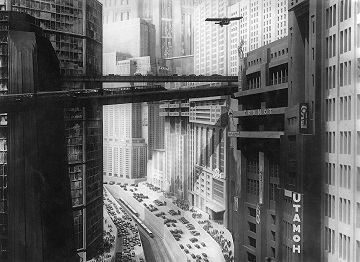The Gamification of Games
When play becomes chiefly about data collection
Despite its name, gamification has never really been about making experiences more game-like. If there were a common characteristic that defined all games, it would certainly not be the use of badges, achievements, and points as incentives for engagement. Games, if anything, share an embodiment of the spirit of play — a temporary suspension of the rules of life to make space for intensities of experience: levity, rivalry, concentration, joy. If historian Johan Huizinga — whose 1938 book Homo Ludens is one of the pivotal works of game studies — had the opportunity to define gamification according to his theory of play, he might have reserved the term for a “temporary abolition of the ordinary world” where “inside the circle of the game the laws and customs of ordinary life no longer count.”....MUCH MORE
Now gamification evangelists like Jane McGonigal advocate for games to be understood as fundamentally productive, offering a set of tactics to make life under neoliberalism appear more fun and addictive — a “magic circle” we should never step out from, even if we had the choice. The concept first gained traction at the end of the 2000s within game development and marketing communities, which saw an opportunity to use aspects of games to monetize the web. In 2008, before the word had a standardized spelling, a blog explained “gameification” as “taking game mechanics and applying [them] to other web properties to increase engagement.” In the Wharton School of Business’s popular online course titled Gamification, the instructor professes that “there are some game elements that are more common than others and that are more influential than others in shaping typical examples of gamification.” These elements are “points, badges, and leaderboards.” These offer scores that constitute “a universal currency, if you will, that allows us to create a system where doing one sort of action, going off on a quest with your friends, is somehow equivalent or comparable to doing some other sort of action, sitting and watching a video on the site.”
Many games have scores, of course, but typically they serve the limited purpose of determining a winner of a particular contest. Gamification takes scores as an exportable measure of qualities that are no longer internal to the game that has generated them. “Score” becomes just another word for data — a “universal equivalent” whereby life activity and behavior can be reckoned with in quantified terms. From this perspective, games are primarily a means of data production, not a more intense or rewarding form of experience. Accordingly, apps that convert activity into points are hardly concerned with improving the quality of engagement, nor are they limited to the task of encouraging it. Consider the data collection practices of prominent gamification apps such as Nike’s fitness tracker Nike+, the productivity role playing game Habitica, or the language training app Duolingo. Gamification gurus praise these apps for how they import game mechanics, while watchdogs condemn them for privacy violations....




